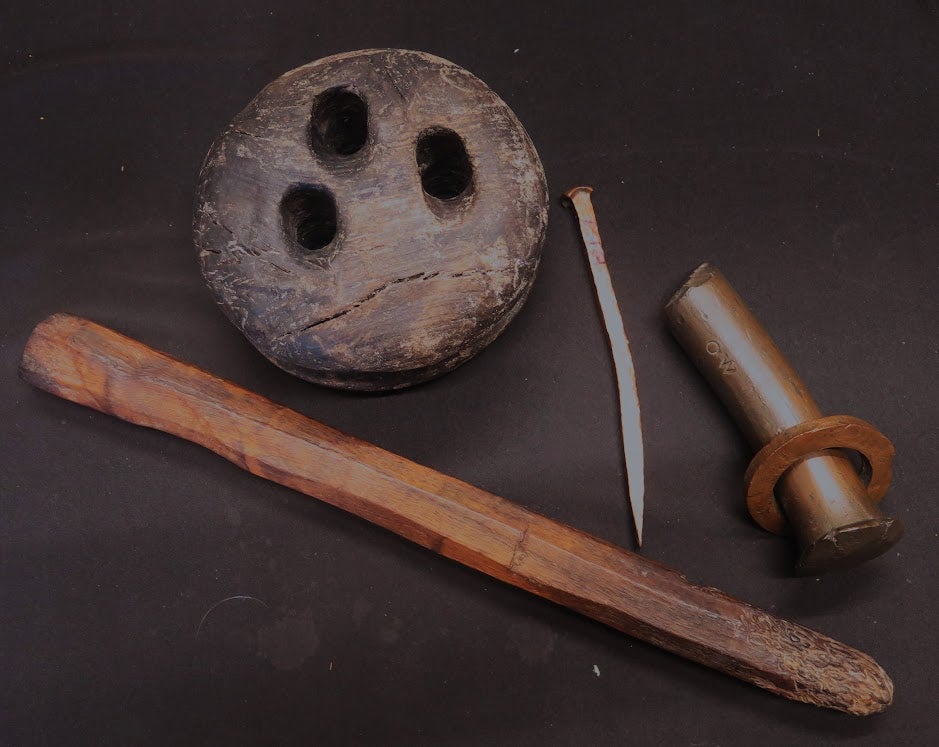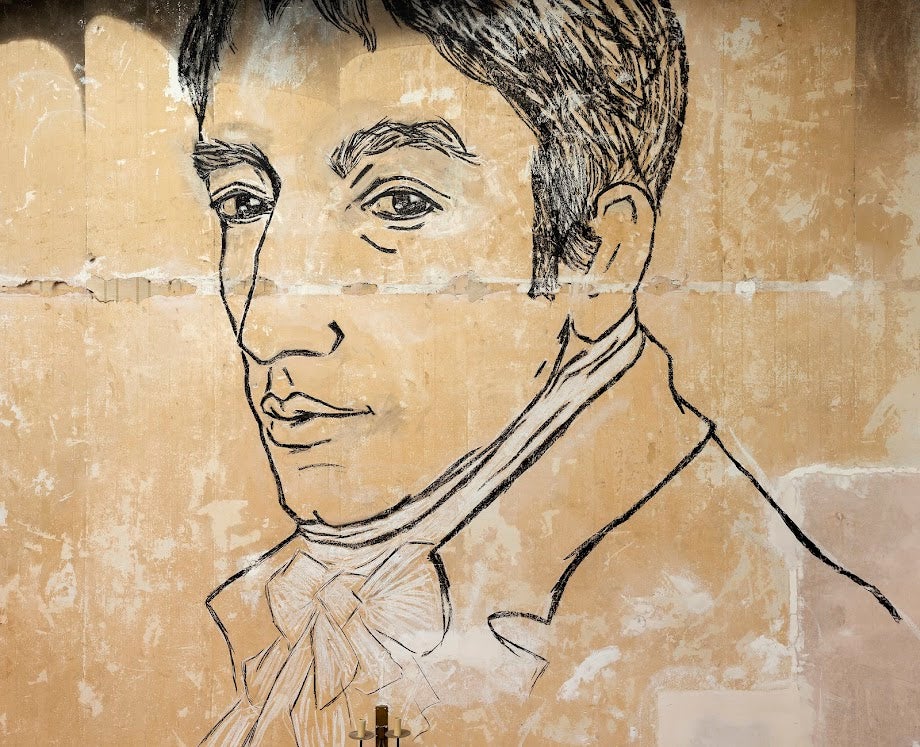Historic wreck of ship captained by William Wordsworth’s brother given protection
The sinking of the Earl of Abergavenny had a significant impact on the career of legendary poet

Your support helps us to tell the story
From reproductive rights to climate change to Big Tech, The Independent is on the ground when the story is developing. Whether it's investigating the financials of Elon Musk's pro-Trump PAC or producing our latest documentary, 'The A Word', which shines a light on the American women fighting for reproductive rights, we know how important it is to parse out the facts from the messaging.
At such a critical moment in US history, we need reporters on the ground. Your donation allows us to keep sending journalists to speak to both sides of the story.
The Independent is trusted by Americans across the entire political spectrum. And unlike many other quality news outlets, we choose not to lock Americans out of our reporting and analysis with paywalls. We believe quality journalism should be available to everyone, paid for by those who can afford it.
Your support makes all the difference.A 200-year-old ship wreckage from one of the UK’s worst maritime disasters and captained by the brother of the poet William Wordsworth has been issued protection by the government.
In 1805, the Earl of Abergavenny merchant sailing ship sank off the coast of Weymouth in Dorset, killing 200 people as it set off on a voyage to Bengal and China.
The ship was owned by the East India Company, the trading organisation which colonised large parts of Asia and was once the largest corporation in the world, accounting for half the world’s trade in the mid 1700s to early 1800s.
On advice of Historic England, the shipwreck has now been scheduled by the Department for Culture, Media and Sport - meaning divers can search the wreck but must leave everything in its place.
“This wreck has an evocative story to tell about the life and sorrow of one of our most renowned poets, William Wordsworth,” explained Duncan Wilson, chief executive of Historic England.

One of the largest ever built at the time, the Earl was launched in 1796 in Northfleet, Kent, to be one of just 36 ships weighing 1,460 tonnes - forming a special class among the company’s merchant fleet. It was one of the first ships to be constructed using iron, becoming an early example of the changes in ship technologies.
For its final two voyages, both trading missions to China, the ship was captained by John Wordsworth, brother of the iconic Romantic poet. It is believed John, known by his shipmates as ‘The Philosopher’, embraced a life at sea for the East India Company in order to help financially support his brother’s writing career.
But disaster struck on John’s third trip to China and the Earl of Abergavenny’s fifth trip since its launch, when he died alongside 250 crewmen and passengers off the British coast near Weymouth when the ship sank.

Stormy weather and human error were behind the tragedy, when the merchant ship struck the dangerous Shambles sandbank as it made its way from Portsmouth towards the Atlantic Ocean. The sandbank has been marked by a lighthouse since 1906.
It was a financial disaster as well as a human tragedy, with a cargo of silver dollars, which would today be worth £7.5 million, lost to the sea.
“Sea, Ship, drown’d, Shipwreck – so it came/The meek, the brave, the good, was gone;/ He who had been our living John/ Was nothing but a name,” wrote William Wordsworth of his brother as he mourned the loss.
He wrote that he would “never forget him” and that “his eye for the beauties of nature was as fine and delicate as ever poet or painter was gifted with”, according to the Guardian.
Wordsworth’s poems grew more bleak and reflective as he struggled with grief over the loss of his beloved brother, with John featuring in many of his works, including “The Character of the Happy Warrior” and “Stepping Westward”.
In the poem “Elegiac Stanzas”, William rejects his typical belief that nature is good and kind, evidence of the impact John’s death had on him.
It emerged last year that William used to collect physical reminders of his brother, including antiques from other shipwrecks.
“Until now, no one has realised what psychological crutches Wordsworth leaned on to desperately keep John’s memory alive,” said British maritime archaeologist Dr Sean Kingsley.
Duncan Wilson added that the ship has an “important place in this country’s shared maritime history and how the East India Company’s fleet made its impact across so much of the world”.
Museum coordinator Chloe Taylor, who looks after artefacts from the wreckage at Portland Museum, said: “The waters that surround the Isle of Portland are renowned for being treacherous. Many ships have fallen victim to the unrelenting waves, frozen in time with their stories untold.”
Join our commenting forum
Join thought-provoking conversations, follow other Independent readers and see their replies
Comments